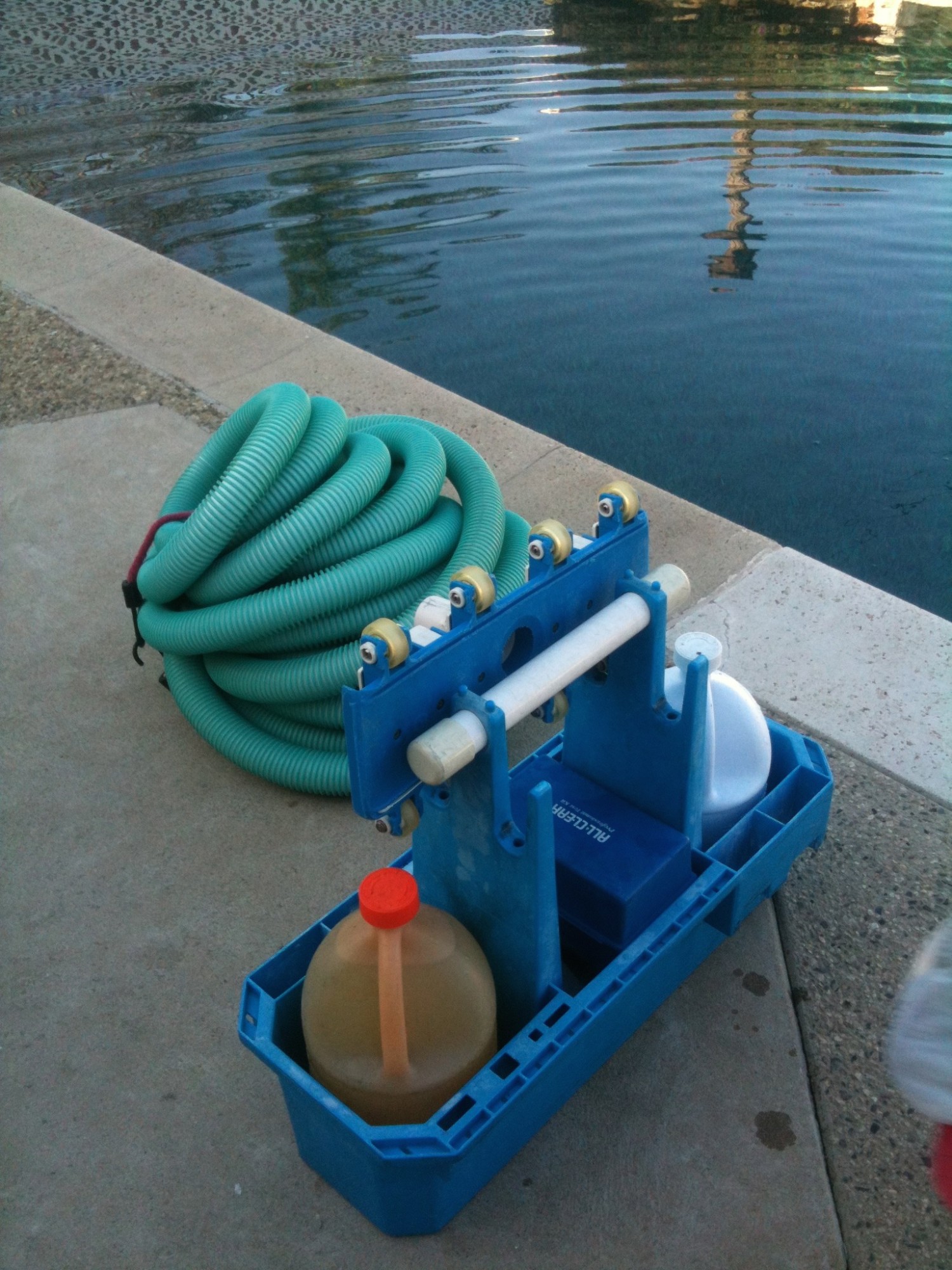There are over 10 million residential pools in the United States. That means there are millions of people getting ready to cool off this summer and splash around. With that said, there are few things more disappointing than getting ready to jump into a pool on a hot, summer day only to realize that it’s dirty or damaged.
By knowing about the most common pool problems and how to care for a pool, you can avoid these issues and have a worry-free summer. So continue reading and we’ll walk you through everything you need to know.
1. Green Water
If you step up to your pool and notice that the water is a deep green, then you most likely have algae in your pool. The most likely reason for this is that you skipped testing the water and the chlorine level in your pool has dropped below what’s needed to stop the growth of algae.
Thankfully, this can be easily solved. Test your pool water and confirm that it’s algae. You’ll then need to shock your pool in order to kill the algae.
Once you do that, you’ll have to brush the surfaces and walls of the pool in order to remove the dead algae. You’ll then want to vacuum everything up in order to bring your pool back to normal.
The pool won’t be usable until the whole process is completed.
2. Cloudy Water
If your pool water is cloudy, you’re likely dealing with a buildup of bacteria. Just like with the algae problem, you most likely skipped on testing to see if your pool water was low on chlorine. Chlorine is so important because it kills the bacteria.
Make sure to test your pool water and add chemicals as instructed.
3. Dirty Filter
The filter for your pools needs to be checked on regularly. It’s fairly easy for your filter to become dirty and then be rendered ineffective.
If it seems like your filter is working but you have cloudy or green water, then check the filter after you’ve tested the water. The filter is going to dirty more quickly if there are environmental issues or heavy pool use.
You’ll also have to clean the filter more often if there’s heavy pollination or if tree blossoms fall into your pool. And dirt and dust can be blown into the pool when there’s a lot of wind.
All of these factors can lead to efficiency problems with the pool filter. Make sure that you clean the pool filter according to its instructions.
4. High Or Low pH
7.2-7.6 is the safe pH level for swimming pool water. If your pH is below or above that range then you’ll notice irritation to the eyes, throat, and skin of the people who use your pool.
The pH level can be determined when you test your pool. You can balance the pH when you need to with pool chemicals. This is another point that underscores the importance of frequent pool cleaning and pool care.
5. Leaking Vinyl Liner
If you notice that the water level in your pool has gone down more than .25-inches, you want to correct the issue right away. The first thing you need to do is figure out where the leak is. Check on the pool equipment and the piping first for the leak.
If all of the connections are tight, and the equipment appears to be intact, you want to check the liner.
If the water level has stabilized, then the leak is likely somewhere at the current water level. However, if your pool is still leaking, you’ll have to look deeper and even check the floor for a tear, worn area, or hole.
After you find the leak, you can temporarily fix it with duct take. Duct table can adhere to surfaces that are underwater, but it won’t hold forever. The edges will start to get loose, and duct tape is also not UV resistant.
You’ll have to figure out if the liner needs to be replaced. If it’s a decade old and had developed a worn area, it’s going to be tough to reach. If you feel it only needs repair, you can consult with an expert.
If the line is only a few years old and in otherwise good shape, it’s worth trying to patch it. Patches can last for several years without any problems. This will really depend on where the tear is and how much stress is being placed on the liner.
6. Worn O-Ring
The filter O-ring and pump O-ring should be check regularly for wear. The O-ring that wears the most is the large O-ring that can be found between the filter body and the filter head.
You should check this piece every time you clean the filter.
A broken O-ring will enable water to leak from the filter. Buy the replacement O-ring and apply a lubricant to the O-ring before you install it in order to extend its life.
The Importance of Knowing About Common Pool Problems and How to Fix Them
We all love our pools. And by practicing proper swimming pool maintenance, and fixing pool problems as soon as they come up, we can ensure that our pools last for many years without any serious issues.
And if you’ve got a problem that you need help solving, don’t be afraid to reach out to the professionals. If you need your current pool serviced, or you want to build a new one, contact us today and see what we can do for you!




